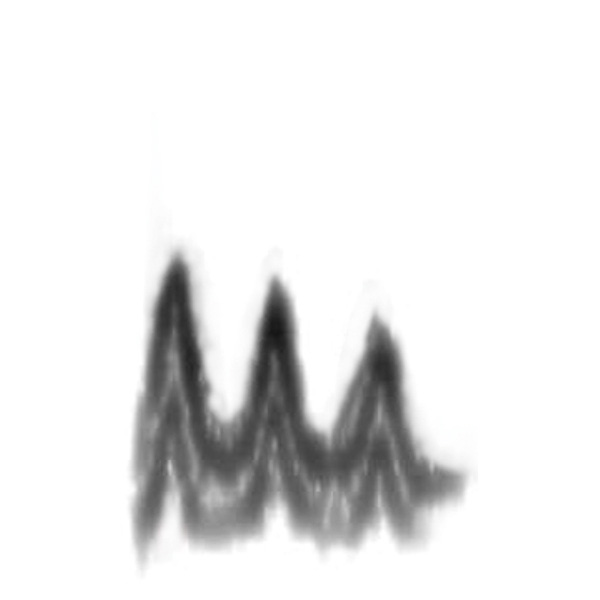Mourning Warbler and Common Yellowthroat Calls
/MOURNING WARBLER AND COMMON YELLOWTHROAT CALLS
Mourning Warbler
Here on the East Coast, Mourning Warbler is one of our warbler superstars. We often find ourselves combing low, dense ground cover where these skulkers might be found. And precisely because they are skulkers, we find it’s really helpful to know their chip call. Twice during the last couple of weeks here in Brooklyn, we found overlooked Mourning Warblers by first recognizing their call.
Many warblers have very clear, simple contact calls – Yellow Warbler and American Redstart are two good examples. In Prospect Park, Brooklyn, the American Redstart’s call is probably the most common fall vocalization after those of the families of Northern Cardinals that roam around, chipping loudly.
But Mourning Warbler’s call has a much different quality. Mourning’s call is constructed of a main note surrounded by “shadow”, or non-harmonic, pitches that give the call a rough and grainy texture. This quality separates their call from many other warbler species in the Park, like the aforementioned American Redstart and Yellow Warbler.
However, there are some species that sound similar to Mourning. Common Yellowthroat is vocal and often found in the same habitats as Mourning during fall migration. And since it is similar in quality to Mourning’s, it can then be easy to bypass a Mourning Warbler, thinking it’s just another Common Yellowthroat.
Close examination of the calls, however, reveals a difference that makes it fairly easy to separate these two species.
Common Yellowthroat’s call is very flat: the pitch does not rise or fall. It is fairly long, relative to other chip calls, and very “grainy”.
Mourning’s call has a strongly rising pitch profile. Although it maintains its complex quality, the pitch rise is easy to hear, once studied.
Studying these two calls can be a great way to practice separating short, similar vocalizations, and hopefully the payoff will be great when it reveals a sought-after Mourning Warbler!



